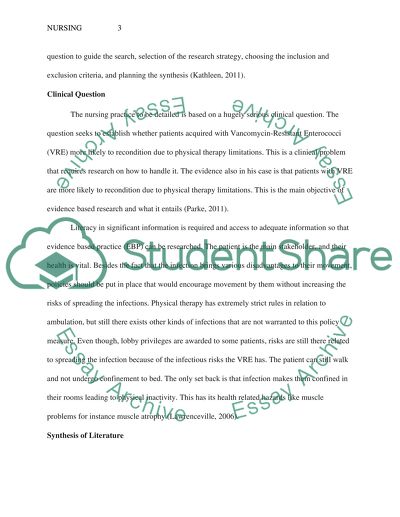Cite this document
(“Vancomycin-Resistant Enterococci and ambulation ( evidence based Dissertation”, n.d.)
Retrieved from https://studentshare.org/nursing/1399174-evidence-based-practice-vancomycin-resistant
Retrieved from https://studentshare.org/nursing/1399174-evidence-based-practice-vancomycin-resistant
(Vancomycin-Resistant Enterococci and Ambulation ( Evidence Based Dissertation)
https://studentshare.org/nursing/1399174-evidence-based-practice-vancomycin-resistant.
https://studentshare.org/nursing/1399174-evidence-based-practice-vancomycin-resistant.
“Vancomycin-Resistant Enterococci and Ambulation ( Evidence Based Dissertation”, n.d. https://studentshare.org/nursing/1399174-evidence-based-practice-vancomycin-resistant.


